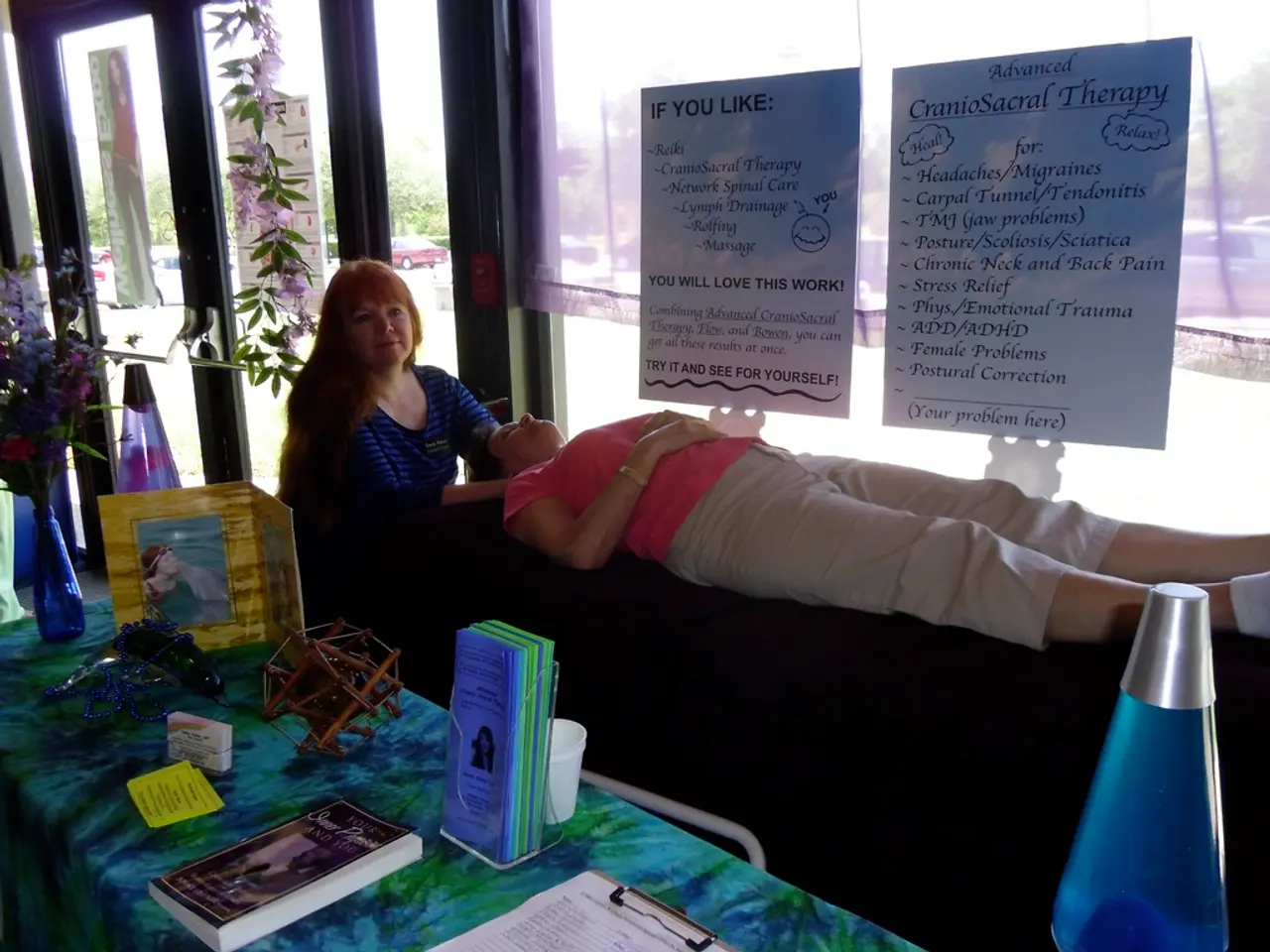Burn Treatment and Classification: Details on Burn Wounds and First Aid Measures
Burns, a common injury caused by heat, electricity, chemicals, or sunlight, can vary in severity and depth. This article provides an overview of the different types of burns, their symptoms, treatment, and prevention methods.
**Types of Burns**
1. **First-Degree Burns** - Only the epidermis (outer layer of skin) is affected, resulting in redness, pain, and minimal swelling. Examples include sunburns and minor scalds. Typically, these burns heal within a few days without scarring.
2. **Second-Degree Burns** - These extend through the epidermis and into part of the dermis (middle layer of skin). Symptoms include redness, blisters, and pain. Blisters form within 24 hours. Subtypes include superficial second-degree burns, which affect the upper dermis, and deep second-degree burns, which extend into the deeper dermis, damaging hair follicles and glandular tissue. Most second-degree burns heal within two weeks with minimal scarring unless infected.
3. **Third-Degree Burns** - These destroy all layers of the skin, including the epidermis, dermis, and possibly the hypodermis. Symptoms include leathery, charred skin that may appear white, black, or brown. No pain is felt due to destroyed nerve endings. Examples include severe scalds, electrical burns, or prolonged exposure to flames. Third-degree burns require immediate medical attention.
4. **Fourth-Degree Burns** - These extend through the skin into underlying tissues, such as muscle and bone. Symptoms are similar to third-degree burns but with deeper tissue involvement. Fourth-degree burns are life-threatening and require immediate medical intervention.
It is important to note that there is no widely recognized classification for fifth- or sixth-degree burns in medical literature.
**Treatment and Prevention**
In case of a burn, it is crucial to avoid placing ice directly on the burn, using food products like butter, or breaking any blisters that form. A burn blister is a fluid-filled covering that forms over a burnt area to protect it from infection.
For minor burns, first aid includes running the burn under cool water, gently drying it, and covering it with a sterile dressing. If a burn is serious, call 911 or go to an emergency room immediately. While waiting for medical help, raise the burnt area above heart level and apply a damp, cool, clean cloth.
Preventive measures include taking care with hot liquids and food items, installing safety measures in case of a fire, and wearing sunscreen to prevent sunburn. Over-the-counter pain medicine like ibuprofen can help ease discomfort from burns. Home remedies for burn blisters include not popping the blister and cleaning the burn area carefully with warm water and mild soap if it breaks.
Remember, understanding the depth and extent of burns is crucial for appropriate treatment and care. While first-degree burns can often be managed at home, deeper burns require professional medical attention to prevent complications and ensure proper healing.
- Macular degeneration, a type of degenerative eye condition, can lead to vision loss and is more prevalent in older adults.
- Predictive science in health-and-wellness is increasingly being used to forecast health risks and provide personalized prevention strategies, including for diabetes, cancer, and arthritis.
- In the field of mental health, recognition of common symptoms like persistent feelings of sadness, anxiety, or hopelessness can help initiate appropriate therapies and treatments.
- Some individuals with dry skin experienced worsening symptoms during the winter months, which can be managed through regular skin-care routines and hydrating lotions.
- COPD, a chronic lung disease, is often associated with a persistent cough, shortness of breath, and Type 2 diabetes, making it essential for proper diagnosis and treatment.
- The AQ (Air Quality) index is a tool used to predict air pollution levels, helping individuals with psoriatic arthritis and other respiratory conditions make informed decisions about outdoor activities.
- The science of chemical reactions is being utilized in the development of new cancer therapies and treatments, offering hope for improved outcomes for patients.
- Incorporating methods like stress management techniques, regular exercise, and maintaining a healthy diet have been shown to have positive effects on overall mental health and coping with various conditions, such as diabetes, cancer, and skin-care concerns.




